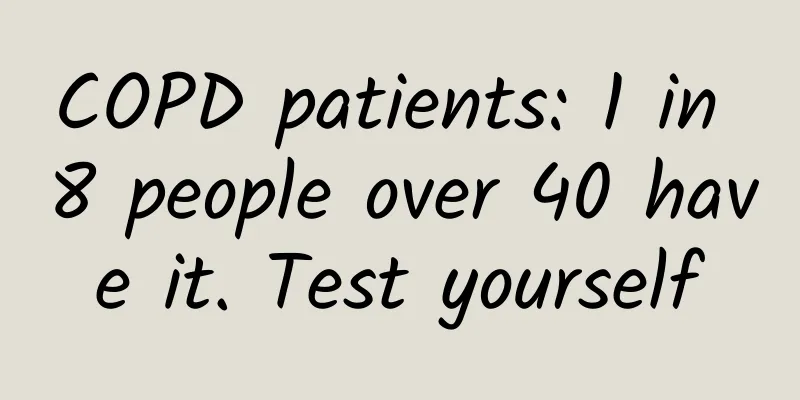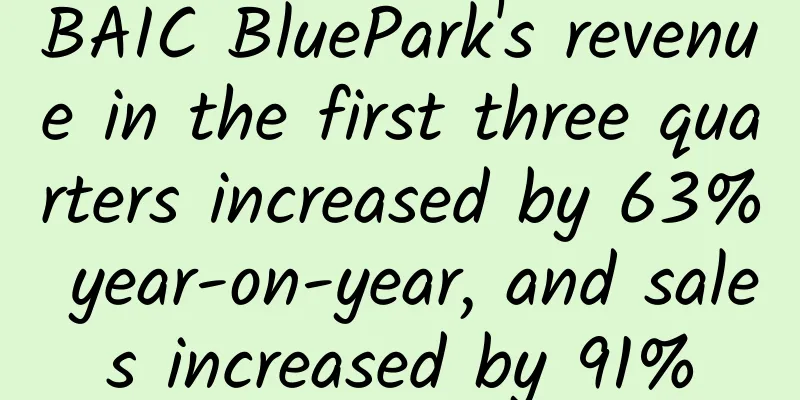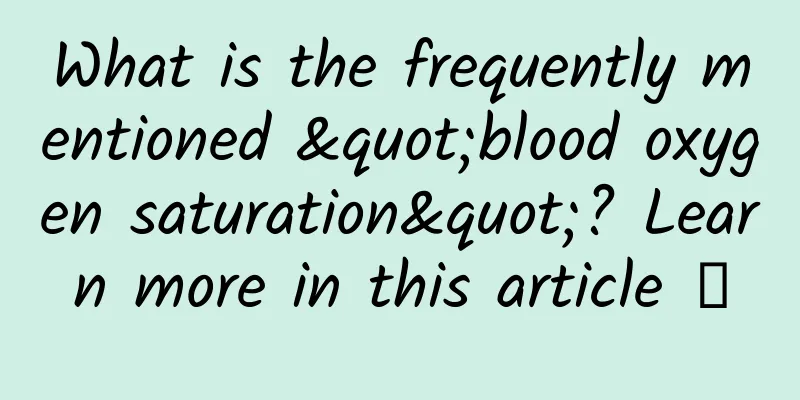When "National Hypertension Day" meets Cold Dew, how can we get through it smoothly?

|
Author: Liu Machao Department of Cardiology, Xuanwu Hospital, Capital Medical University Reviewer: Xia Jinggang, Chief Physician, Department of Cardiology, Xuanwu Hospital, Capital Medical University October 8, 2023 is the 26th National Hypertension Day, which also coincides with the Cold Dew in the 24 solar terms of the Chinese lunar calendar. Figure 1 Copyright image, no permission to reprint "Collected Explanations of the 72 Seasonal Changes" says: "In the ninth month, the dew is cold and is about to condense." It is different from the slightly cool White Dew, which dissipates the heat, and is not as cold as the Frost Descent, which is even colder. After the Cold Dew, the days gradually become shorter, the nights longer, the sunshine decreases, the heat dissipates, and the cold gradually arises. After the Cold Dew, the lower temperature will cause blood vessels to constrict and blood pressure to rise. Therefore, it is particularly important for patients with hypertension to stabilize blood pressure and maintain good living habits. In my country, the main risk factors for hypertension include high-sodium, low-potassium diet, overweight and obesity, smoking, excessive drinking, psychosocial factors, and advanced age. The "Guidelines for the Management of Hypertension in the Elderly in China 2023" proposes that lifestyle intervention is a basic measure for antihypertensive treatment, mainly including healthy diet, smoking cessation and alcohol restriction, maintaining ideal body mass (body mass index), reasonable exercise, improving sleep, keeping warm and maintaining psychological balance. It is advocated that lifestyle intervention should be the basic treatment for patients with hypertension and should be carried out throughout the treatment. 1. Reasonable diet and comprehensive nutrition A balanced diet should consist of five major food categories: the first category is cereals and tubers, including cereals (including whole grains), potatoes and miscellaneous beans; the second category is vegetables and fruits; the third category is animal food, including livestock, poultry, fish, eggs and milk; the fourth category is nuts and soybeans; the fifth category is cooking oil and salt. Reasonable diet means optimizing food categories and weights based on a balanced diet and according to the patient's own situation to meet their health needs. Hypertensive patients should follow the principle of reasonable diet, enrich food types, and arrange three meals a day reasonably. Figure 2 Copyright image, no permission to reprint It is recommended that patients with hypertension eat more vegetables and fruits rich in dietary fiber on a daily basis. Dark vegetables should account for more than half of the total amount of vegetables per day. Vegetables and fruits cannot replace each other. Eat an appropriate amount of cereals and potatoes, of which whole grains or beans should account for 1/4 to 1/2 of the cereal intake. Supplement high-quality protein appropriately, and choose milk, fish, soybeans and their products as protein sources. Strictly control sugar intake: It is recommended that the daily intake of added sugar should not exceed 50g, and it is best to control it below 25g. Drink less beverages with high sugar content. Reduce the intake of salt and sodium-containing condiments (soy sauce, vinegar, various sauces, oyster sauce, chicken essence, monosodium glutamate, etc.). Excessive sodium salt intake will increase the risk of hypertension. Long-term salt restriction can slow down the rate at which blood pressure rises with age. The average salt intake in my country exceeds 9g/d, while the World Health Organization recommends that the salt intake per person should not exceed 5g/d. On a daily basis, you should reduce your calorie intake, eat more vegetables, fruits and other foods rich in vitamins and fiber, reduce the intake of high-fat, high-salt and high-oil foods, consume carbohydrates in moderation, consume enough protein, eat a reasonable diet, control the total amount and avoid overeating. 2. Do not smoke, quit smoking as soon as possible and limit alcohol consumption Nicotine in tobacco can excite the central nervous system and sympathetic nerves, increasing the heart rate. At the same time, it can promote the adrenal glands to release large amounts of catecholamine hormones, causing the arterioles to constrict, leading to increased blood pressure. Therefore, it is recommended that patients with hypertension quit smoking and avoid inhaling secondhand smoke. Drinking a lot of alcohol raises blood pressure, so not drinking is the best for your health. It is recommended that patients with hypertension not drink alcohol. It is recommended that patients with hypertension who drink alcohol quit drinking. If you cannot quit drinking completely for the time being, you should reduce your drinking as much as possible. Figure 3 Copyright image, no permission to reprint 3. Maintain an ideal weight The large accumulation of adipose tissue in overweight and obese people can lead to arteriosclerosis and left ventricular hypertrophy, which can promote the occurrence of hypertension. In addition, overweight and obese patients often have a certain degree of water and sodium retention, which further increases the circulating blood volume and promotes the increase in blood pressure. In addition, a considerable number of obese patients often have sleep apnea-hypopnea syndrome (OSAHS), which can also cause blood pressure to rise and increase the risk of hypertension. Therefore, maintaining an ideal weight not only helps maintain healthy blood pressure, but also can effectively reduce the occurrence of dyslipidemia, dysglycemia and other cardiovascular risk factors, and reduce cardiovascular events. 4. Increase exercise appropriately and reasonably Studies have shown that long-term regular and scientific exercise can reduce sympathetic nerve tension, improve endothelial dilation function, promote glucose and lipid metabolism, relieve tension, reduce weight, and reduce the risk of hypertension. It is recommended to perform moderate aerobic exercise according to your own conditions, such as running, brisk walking, swimming, cycling, etc., or muscle strength and flexibility exercises, such as Tai Chi and Ba Duan Jin, etc. Pay attention to protecting joints and muscles during exercise to avoid sports injuries. Figure 4 Copyright image, no permission to reprint 5. Get a good night's sleep In recent years, a large number of studies have confirmed that sleep disorders are closely related to hypertension. Sleep disorders are positively correlated with the risk of hypertension, changes in circadian blood pressure rhythm and the risk of complications. Poor sleep quality has become an independent risk factor for hypertension and is related to the prevalence of hypertension. Sleep duration and irregular sleep time are both related to hypertension and are risk markers for poor cardiovascular health. 6. Maintain psychological balance Clinical studies have found that mental health is not only an important factor in the occurrence and development of hypertension, but also affects the treatment efficacy and prognosis of patients. Long-term mental stress, anxiety, and depression can increase the risk of hypertension. We should maintain a positive and optimistic attitude and avoid negative emotions. We should actively accept psychological intervention when necessary. 7. Keep warm Autumn is cold and the temperature is dropping day by day. Most of the patients with hypertension are elderly people, who have poor adaptability to changes in ambient temperature. Therefore, patients with hypertension should keep warm when going out, because cold weather can stimulate the adrenal glands to secrete more, leading to vasoconstriction and increased blood pressure, which can easily lead to cardiovascular accidents. After the Cold Dew, the weather turns from cool to cold. The sudden drop in temperature is a test for elderly patients with hypertension. They should pay special attention. If you feel unwell, please seek medical attention in time. References [1] Hypertension Branch of Chinese Geriatrics Society, Beijing Hypertension Prevention and Treatment Association, National Clinical Research Center for Geriatric Diseases. Guidelines for the management of hypertension in the elderly in China 2023[J]. Chinese Journal of Hypertension, 2023, 31(6):508-538. [2] Chinese Nutrition Society. Dietary Guidelines for Chinese Residents (2022) Collection [M]. Beijing: People's Medical Publishing House, 2022. [3]SCOTT H, LECHAT B, GUYETT A, et al. Sleep Irregularity Is Associated With Hypertension: Findings From Over 2 Million Nights With a Large Global Population Sample[J]. Hypertension, 2023, 80(5):1117-1126. |
>>: Don't eat this fruit! "Mycotoxins" are no joke...
Recommend
If you want to accurately improve your registration conversion rate, you need to know these three factors!
Internet practitioners are certainly familiar wit...
I strongly recommend that you eat this kind of pear by "sucking" it, it's amazing!
Autumn is a good time to eat pears. There are man...
Chengdu QT tea tasting Anyi Bashi network has the highest cost performance
Chengdu qt tea tasting Anyi Bashi online reservat...
What is DSP advertising? How to effectively place DSP advertisements?
Competition on the Internet is becoming increasin...
Example Analysis | How do operators conduct App data analysis?
For an operations staff, doing a good job of data...
I have an implementation plan that can make 100 million yuan. Are you willing to do it?
This article is suitable for: those who hope to a...
Baidu bidding: It only costs 2400 to open an account with Baidu!
If you want to save your later advertising costs,...
Tips for creating popular titles on Xiaohongshu!
Write a good title and your traffic will more tha...
China Passenger Car Association: China imported 56,000 vehicles in January-February 2025, a year-on-year decrease of 46%.
Cui Dongshu, secretary general of the China Passe...
A step-by-step guide to spam filtering with Python and Scikit-Learn
[[197427]] Text mining (getting information from ...
The scallops in the barbecue restaurant are the little monsters with a hundred eyes.
On a hot summer night, nothing is more relaxing t...
iOS 13 Beta 3 released with new features and changes
Apple today released the third developer beta of ...
Open the window to see green, push the door to enter the garden, this forest city is full of greenery and gold!
Green is the most attractive background color of ...
The latest TOP 10 reasons for IOS review rejection!
At present, the machine review mechanism is becom...









